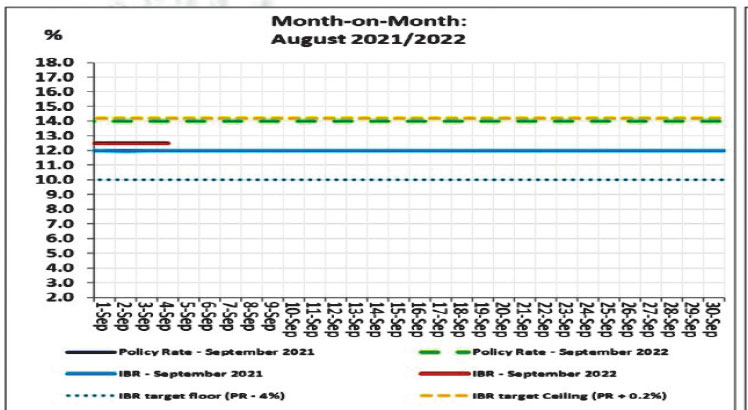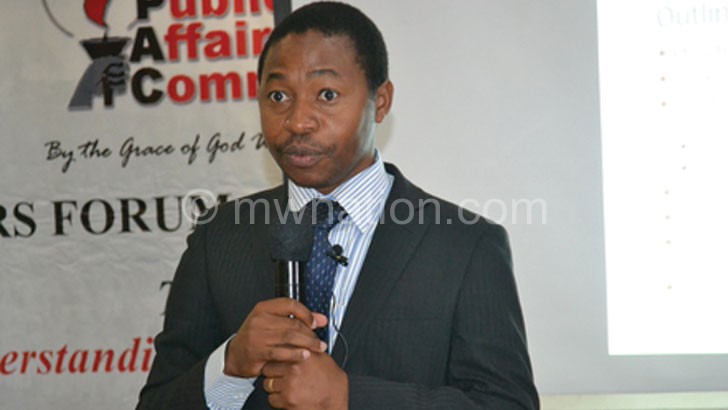Banks’ lending rate revision stirs panic
commercial banks have revised upwards the reference rate for September in a move that has stirred panic among consumers and businesses who fear that this could put pressure on them and drive up default rates.
The consumers and businesses have expressed their sentiments in view of the revision of the reference rate, an interest rate benchmark used to set other interest rates from 13.8 percent to 13.9 percent.
During the same period last year, the reference rate was at 12.2 percent.

This means that with the current reference rate, which forms part of interest rates charged by banks on consumers when accessing loans, borrowers will now be paying between 13.9 percent and a maximum of around 27 percent when accessing loans.
Speaking in an interview on Monday, Indigenous Businesses Association of Malawi president Mike Mlombwa said servicing loans as well as acquiring new ones is becoming a challenge for businesses.
He said such a rise in lending rates is discouraging businesses from borrowing, a development which is affecting their operations as they depend on bank loans to boost their businesses.
Mlombwa said: “We have previously indicated that businesses are struggling with servicing loans under the current lending rate structures.
“Over time, most businesses have lost property due to loans. The continued rise in lending rates, therefore, spells doom for us as borrowing is becoming even more expensive.”
Consumers Association of Malawi executive director John Kapito said interest rates continue to bite consumers who are currently struggling to service loans and even borrow more to expand their businesses.
He said: “Our plea goes to the central bank, which is the regulator of the financial institutions, to look at how banks are treating consumers in terms of loans. Consumers are currently at a crossroads, looking for cheap money.
“With such rising lending rates, one thing for sure is whatever Malawi might wish to do to grow this economy is just a wish and nightmare because no one would want to invest money in a country like Malawi where interest rates and cost of production are just too high and much of it pushed by poor policies of the central bank.”
Reserve Bank of Malawi (RBM) data shows that individual and household loans have been on the rise, accounting for the largest stock of outstanding private sector credit.
The figures contained in a recent Economic Review Report show that the community, social and personal services sector held the largest share of outstanding private sector credit at 32.7 percent.
Economic statistician Alick Nyasulu, in an interview yesterday, observed that rising lending rates would continue to have an impact on borrowers and ultimately affect the development of the economy.
He said: “There are tough times ahead in terms of borrowing given the rising inflation, which has compelled the central bank to raise the policy rate, which could mean even higher rates for borrowers.
“In fact, this current rise is conservative for it could be even higher. As inflation is on the rise with no hope that it could slow down anytime soon, the cost of borrowing is expected to continue rising, putting pressure on consumers and businesses.”
During the third Monetary Policy Committee meeting in July this year, RBM Governor Wilson Banda said the central bank will closely monitor the developments in the global and domestic economy and stands ready to take additional measures as necessary.
The central bank then maintained the policy rate, rate at which banks borrow from the central bank as lender of last resort, at the 14 percent to allow the previous decision by the bank to transmit through the economy.
In its July 2022 report, Nico Asset Managers Limited warned that rising interest rates will hamper investments in the real economy and hinder economic growth.






One Comment